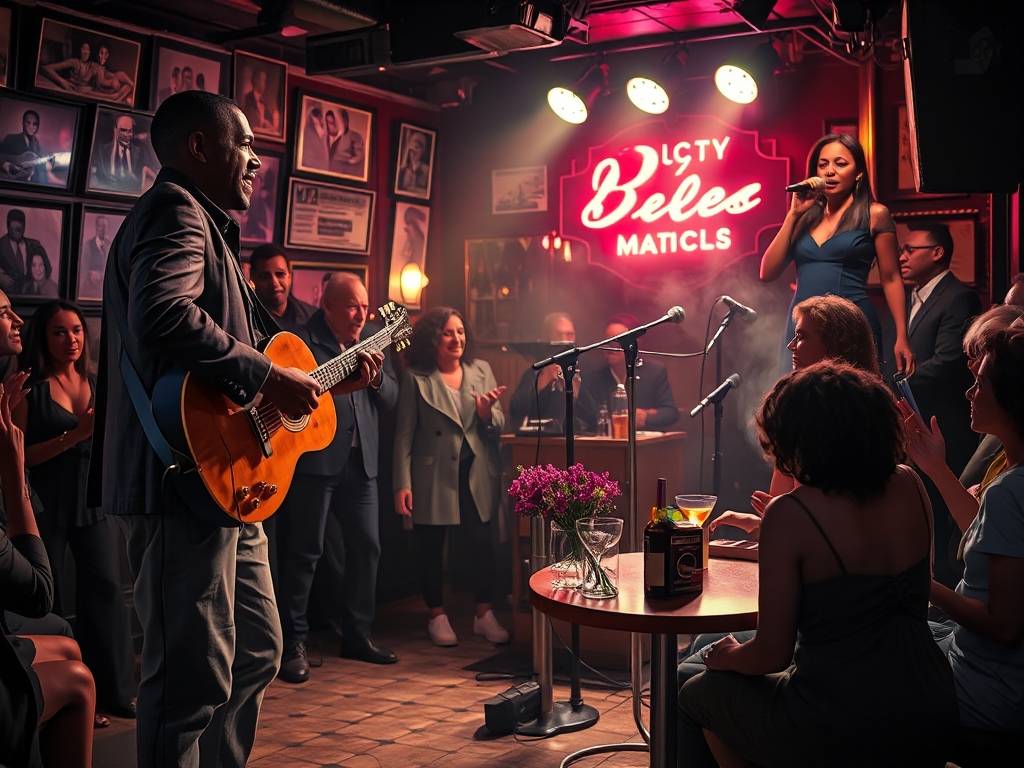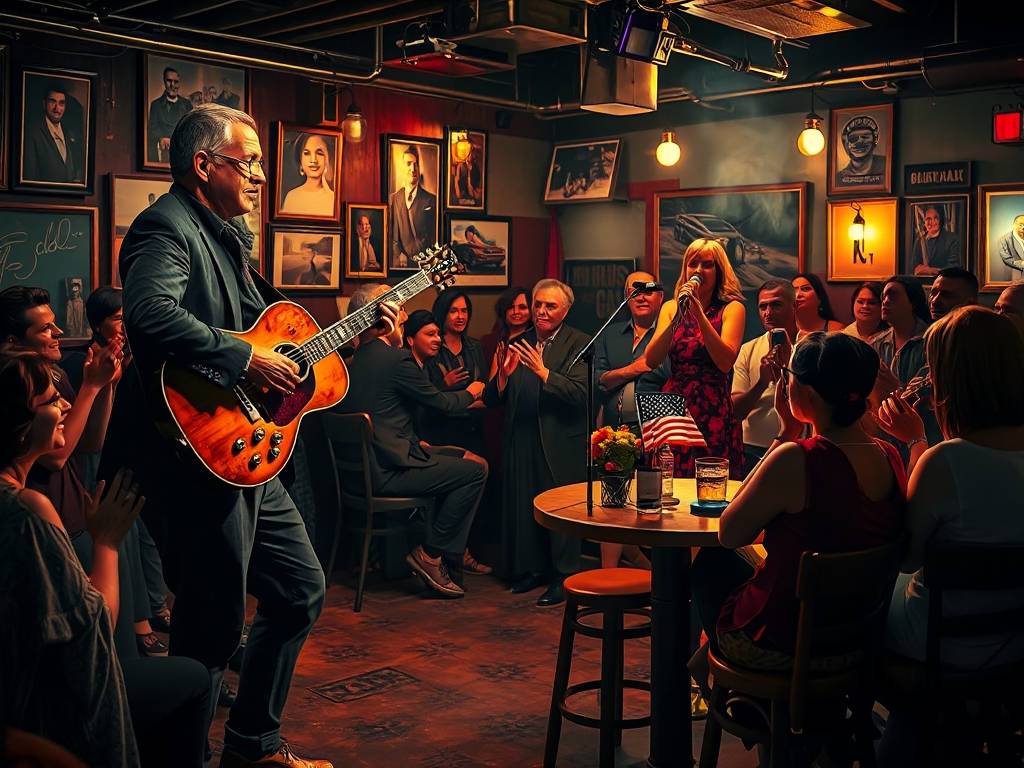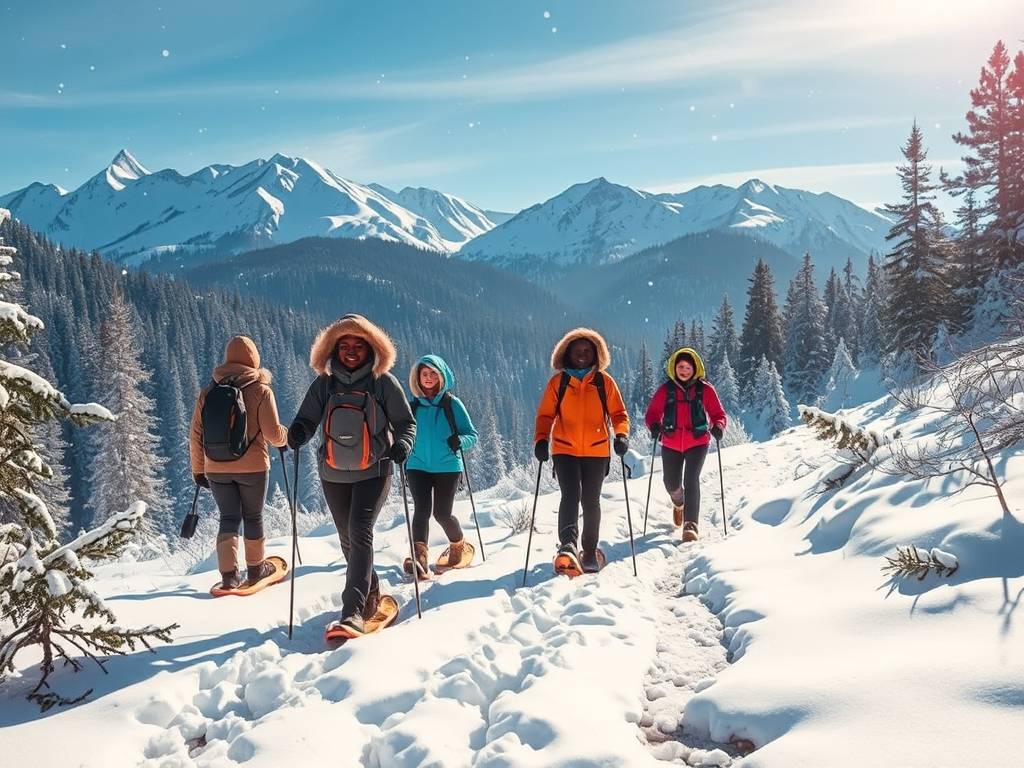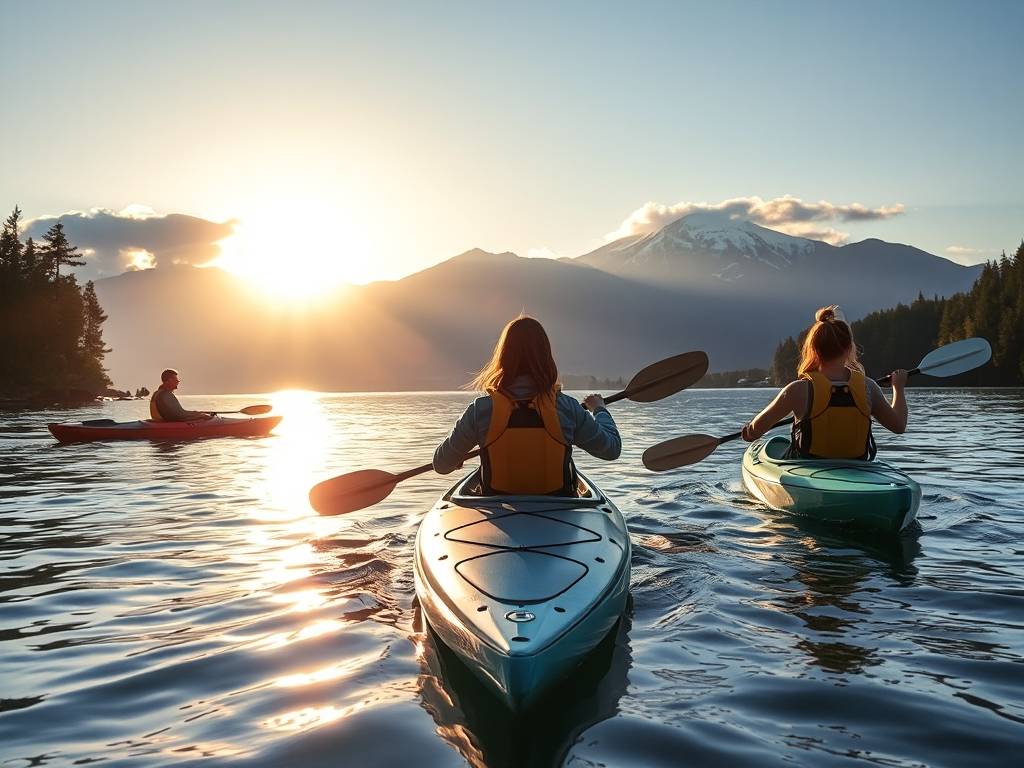USA Travel
US Travel: Blues Clubs in Chicago, Illinois
The Soul of the Windy City: A Journey Through Chicago's Legendary Blues Clubs
There's a sound that defines Chicago as distinctly as its towering skyline or the deep-dish pizza that warms your belly on a chilly night. It’s a sound born in the cotton fields of the Mississippi Delta, but it found its electric heartbeat, its swagger, and its soul in the brick-and-mortar clubs of the South and West Sides. This is the sound of Chicago Blues—a raw, powerful, and irresistibly rhythmic force that invites you to feel, not just hear. For any traveler seeking an authentic American cultural experience, a pilgrimage to the blues clubs of Chicago, Illinois, is not just a night out; it's a journey into the living history of music itself.

The story is one of the great migrations. In the early 20th century, African Americans from the South came north to Chicago seeking opportunity, bringing with them the acoustic, folk-oriented sounds of the Delta. But the city was loud, fast, and competitive. To be heard in crowded, noisy bars, the guitar needed to be amplified. The mournful slide was plugged in, the harmonike was cupped to a microphone, and a rhythm section of bass and drums laid down a steady, rolling foundation. This transformation gave birth to a new, urban blues—a sound pioneered by giants like Muddy Waters, Howlin' Wolf, Willie Dixon, and Buddy Guy. They sang of hard times, lost love, and the joys and struggles of life, their voices cutting through the haze of cigarette smoke in now-legendary venues.

Today, that legacy is not locked away in a museum; it's alive and wailing every single night of the week. Planning your blues club exploration in Chicago is a key part of the adventure. Here’s a guide to navigating this vibrant world and finding your perfect spot on the blues map.
The Iconic Landmarks: Where Legends Walked
Any discussion of live blues music in Chicago must start with Buddy Guy's Legends. Founded by the iconic, Grammy-winning guitarist Buddy Guy himself, this club is a mecca for blues purists and casual fans alike. Located in the South Loop, it's a spacious, comfortable venue adorned with memorabilia from Buddy's incredible career and the many legends who have graced its stage. The sound quality is impeccable, and the talent lineup is always top-tier. The magic truly happens in January when Buddy Guy himself, now in his eighties, takes up a month-long residency, offering a rare and electrifying chance to see a true master in his element. This is more than a club; it's a living piece of Chicago blues history.
Not far away, in the heart of downtown, sits the House of Blues. While it's part of a larger chain and hosts a variety of genres, its foundation is deeply rooted in the blues. The main concert hall is massive, but the real gem is the "Foundation Room," an exclusive, lavishly decorated lounge that offers a more intimate experience. The venue's dedication to the art form is evident, and it's a fantastic, accessible option for those wanting a high-production blues music experience in Chicago.
The Authentic Neighborhood Gems: The Real Deal
If you want to step off the tourist trail and into the heart of where the music lives and breathes, you need to head to the neighborhood joints. This is where you'll find the soul of the city's best blues bars in Chicago.
Rosa's Lounge, on Armitage Avenue, is a family-owned treasure. The late founder, Tony Mangiullo, emigrated from Italy and fell in love with the blues, creating a venue known for its warm, welcoming, and genuine atmosphere. His son, Tony Mangiullo Jr., now carries on the tradition. Rosa's feels like a community center for blues lovers. The musicians here are often local heroes—incredibly talented artists who play with a passion that is both humbling and exhilarating. It’s the perfect place to experience an authentic Chicago blues club atmosphere.
Then there's Kingston Mines in Lincoln Park. Since 1968, this Chicago institution has been serving up blues non-stop, seven nights a week. What sets Kingston Mines apart is its two stages, with bands playing alternating sets. The music literally never stops. The energy is infectious, the crowd is a lively mix of all ages and backgrounds, and the vibe is pure, unadulterated fun. It's a place to dance, shout, and lose yourself in the rhythm. For a high-energy, late-night blues and nightlife experience in Chicago, Kingston Mines is a must-visit.
Further north, in the Lakeview neighborhood, you'll find B.L.U.E.S.. Don't let the small, unassuming storefront fool you. This is arguably one of the most authentic blues bars in the world. It's tiny, cramped, and absolutely perfect. When a band is cooking on the minuscule stage, the entire room vibrates with energy. You're not just watching a performance; you're inside it. This is as close as you can get to the feeling of the classic 1950s Chicago blues bars. It’s an intimate, no-frills blues bar with live music that will leave a lasting impression.
Planning Your Night on the Town
To make the most of your Chicago blues club tour, a little planning goes a long way.
- Check Schedules and Buy Tickets: For the bigger clubs like Buddy Guy's Legends and House of Blues, always check their online calendars and consider buying tickets in advance, especially for well-known acts. For smaller clubs, you can often just walk in, but a quick online check can confirm who's playing.
- Understand the Cover Charge: Most clubs have a cover charge, typically ranging from $10 to $25. This money goes directly to the musicians, so think of it as your contribution to keeping the blues alive. It's some of the best-value entertainment you'll find anywhere.
- Dress Code and Atmosphere: Chicago blues clubs are generally casual. Jeans and a t-shirt are perfectly acceptable. The focus is on the music, not fashion. Be prepared to be friendly—it's common to share tables at smaller venues, which is a great way to meet fellow travelers and locals.
- Timing is Everything: Music usually starts around 9:30 or 10:00 PM. If you want a good seat, arrive early. The crowds, and the energy, often peak around midnight.
- Explore a Blues District: For a concentrated dose of music, head to the "Chicago Blues District" on the South Side, centered around the intersection of 43rd Street and King Drive. While many historic venues are gone, the Chicago Blues Experience and Museum is planned for this area, and it remains the spiritual home of the music. A visit here provides powerful context for your club-hopping.
Beyond the clubs themselves, consider deepening your journey. The Chicago Blues Festival, held every summer in Millennium Park, is the largest free blues festival in the world. It's a magnificent celebration featuring legendary headliners and rising stars. For a more structured historical overview, a guided blues history tour can take you to the sites of seminal recording studios and long-gone clubs, enriching your understanding of the music's roots.
Ultimately, visiting a Chicago blues club is about more than just listening. It's about participation. It's about tapping your foot to the shuffle beat, feeling the ache in the singer's voice, and sharing a nod with a stranger when the guitarist unleashes a solo that seems to bend time. It’s a conversation between the artist and the audience, a shared catharsis that has been happening in this city for generations. So, come with an open mind and a ready heart. Find a seat, order a local beer, and let the sound wash over you. You're not just a spectator; you're becoming part of the ongoing, unforgettable story of the blues in Chicago.
相关文章
- US Travel: Historical Fort Tours in Massachusetts
- US Travel: Kayaking in Washington’s Puget Sound
- US Travel: Snowshoeing in Oregon’s Backcountry
- US Travel: Bagels in Boston, Massachusetts
- US Travel: US Road Trip Accommodation Booking Tips
- US Travel: Hiking the Appalachian Trail in Vermont
- US Travel: White-Water Rafting in Colorado’s Arkansas River
- US Travel: Bird-Watching in Florida’s Everglades
- US Travel: Rock Climbing in Utah’s Moab Desert
- US Travel: Camping in California’s Yosemite National Park
发表评论
评论列表
- 这篇文章还没有收到评论,赶紧来抢沙发吧~


